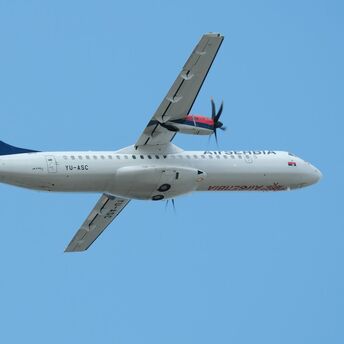Dublin Airport Rolls Out App to Support Passenger Self-Service

Dublin Airport has launched a redesigned mobile application as part of its broader digital overhaul. The updated app and website were developed by daa Labs, the innovation arm of daa, which operates the airport. With more people expected to travel this summer, the airport is trying to make things smoother by putting more useful services into one place and cutting down how much passengers have to depend on signs or staff help.
The app is now available on both Android and iOS platforms and offers a combination of live flight tracking, gate and baggage information, and security queue estimates. People can also use the app to sort out things like where to leave their car, get into lounges to relax, or move through security lines quicker. By integrating these tools into a single interface, the app is designed to help passengers manage different stages of their airport journey more efficiently.
The app also has a map you can tap around to see where things are in the terminal and a chat tool that answers the usual questions people tend to ask. A rewards function is also available, offering digital discounts on selected duty-free purchases, but these require users to scan the app at checkout and are only applicable at designated locations. All these new features show how big airports are leaning more and more into letting people find their own way and sort things out on their phones instead of asking staff or looking for signs.
Travellers can log in to personalise their experience, receive notifications about their specific flight, and manage multiple services under one account. This might really come in handy for people who don’t have much time between flights or need to keep things moving fast. However, the system’s usefulness will depend on passengers actively using the app and whether it performs reliably during high-volume periods, such as bank holidays or summer weekends.

Airports everywhere are starting to go more digital, and this new app is just one more example of how they’re trying to bring more tech into how things work. While its effectiveness will become clearer over time, the initiative marks a shift toward reducing logistical friction for travellers. If adopted widely, it could help improve real-time communication between the airport and passengers, especially in situations where delays or last-minute gate changes occur.



















